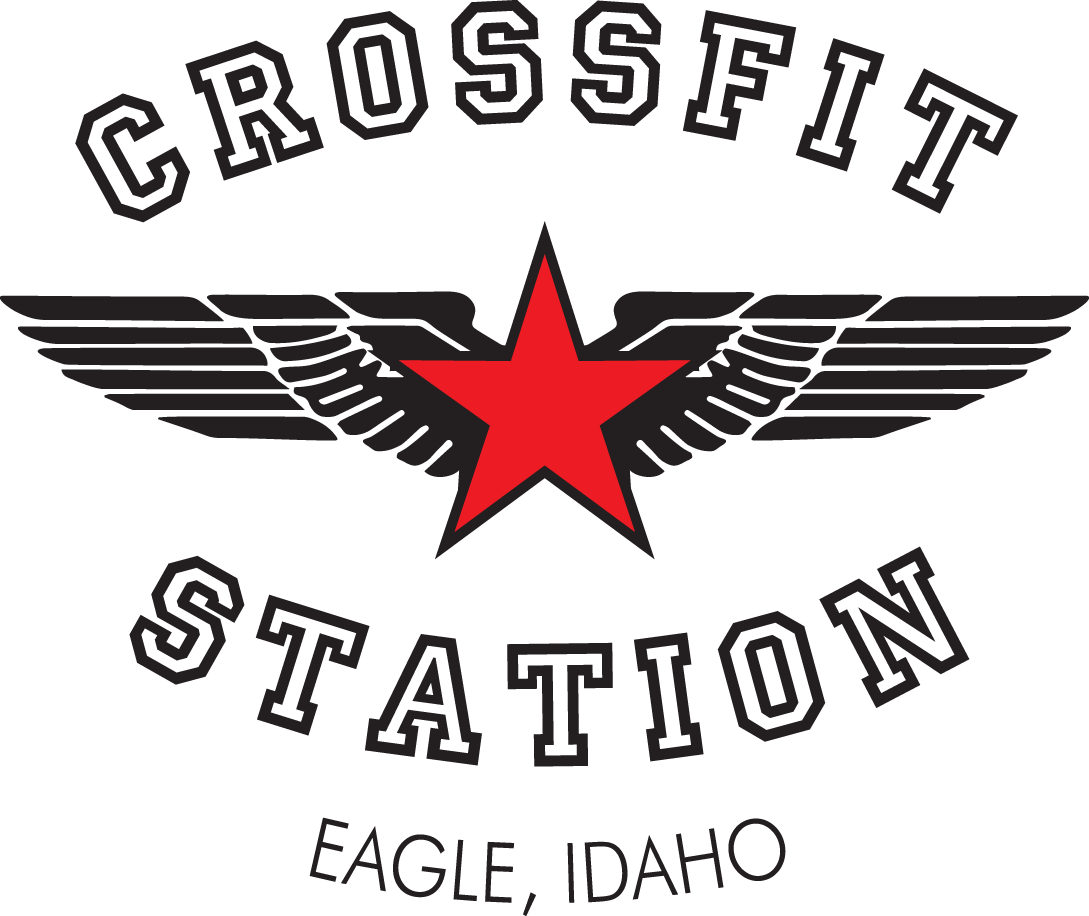Today is Day 27 January 30th. of our Paleo Challenge. You will post your points from 1/29
I am honestly surprised not one you has mentioned having a reaction to gluten after eating it during this challenge. BUT mostly what I am surprised about is that early on most of you complained of bloating and weight gain. Bloating is the #1 side effect to a food source and giving up gluten is the #1 food source to cause the bloat among DOZENS of other side effects. My wish is for all of you to recognize how food makes you feel - that is the first step to making clean food choices.
Exercise Challenges, Water Challenges, Sleep Challenges....Oh MY! What ?? more food challenges?? Can you do with out fruit? Can you do with out Meat? Nuts and Seeds? Bars? Eggs?
Sometimes our menus look like these examples:
1. Eggs, Apples, Lara Bar, Pear, Chicken, Almonds, Hard boiled Egg
2. Sausage, Peach, Nuts, Raisins, Coffee with Almond Milk, Pork Chop, Lettuce
3. Smoothie, Nuts, Raisins, Jerky, Paleo Granola with Almond Milk, Apple
4. Protein Shake, Nuts, Raisins, Jerky, HB Egg, Protein in Water, Chicken Leg, Strawberries
5. Pancake, Nuts, Berries, HB Egg, celery, Almond Milk with coffee, Paleo Cobbler
Yes there are holes in each one of those daily meal examples. We all need variety, however we all eat the same things day-to-day. What should a menu look like? Try a variety of menu ideas. Take these last few days to venture out and make a new menu plan. Explore vegetables that you have never cooked with before. Make a Fruit compote to pour over meat. Drag out your crock-pot. Make a veggie Paleo Pizza. Have fun this weekend. Spice it up!
Have you visited our Facebook page and downloaded all the FREE cookbooks available to you?
Perfect timing on a email I just received:
Last week, I got a frantic call from a client of mine. She had identified that gluten (the protein found in wheat, barley & rye) was a real problem for her digestive system, energy and mood. She had been gluten-free for a couple months now & was feeling really good.
Until she went to a party and ate something that she thought was gluten free. When she woke up the next morning, she realized she was wrong. She was starting to have GI symptoms and was getting super stressed that she had done some type of irrevocable damage or had undone all of her good work.
I understand this. When you go from feeling bad to feeling good, and then are threatened with feeling bad again, that is scary and stressful and sets you running to the the phone for help.
I call it getting "glutened" because I'm using gluten as the example, but exposure to any food/compound that you are sensitive to can create symptoms: milk, eggs, nightshades, beans, sulfites, MSG, nuts and on and on. It's possible to have old symptoms pop back, or new ones to crop up.
Fear not, my dears!
There are quite a few things you can do to help lessen the consequences of exposure. When I was talking to my client about them, it occurred to me that I should share them here, too.
Also, you are NOT undoing all of the good work you've already done. You are not worsening your health. This is a blip in the road, something that will right itself even if you don't do a thing in most cases.
These are the main strategies I implement:
1. Digestive enzymes: Typically I have people take 2-4 digestive enzymes every 3 hours or so, POST exposure. This helps break up not only the problematic proteins or carbohydrates you may be ingesting, but will help chew up inflammatory molecules they generate.
2. Hydration: In my undergraduate career, I studied biology, marine biology and ecology as my loves. I learned a phrase in my studies I've used innumerable times in clinical practice: "dilution is the solution". In ecology class, it was referring to pollution, but we can extrapolate that to the inner pollution one feels upon exposure. Drink up! Water, that is. I recommend a 12 ounce glass as soon as you realize you've been exposed, and then at least 8 ounces every hour, getting several (like 3, more if this is already your normal level) liters in throughout the 2-3 days following exposure.
3. Activated charcoal: 1-2 caps every couple of hours will help absorb gas and those feelings of yuckiness. It WILL turn your poop black if you take more than a couple of grams, so be ready for that :)
Side note: Charcoal, if you brush it all over your teeth, let it sit for a couple minutes (yep, it looks kind of crazy on there!) and then rinse it all out is a surefire formula to lift stains and make your chompers sparkle.
And lastly, fear not! The vast majority of reactions that are due to non-anaphylactic, non-Celiac exposure typically last no more than 72 hours. You can expect to feel much better within three days, and by using the above strategies, you can reduce it even more.
Source: Dr Jillian from metaboliceffect.com



 I am appreciative for this journey you took with me - thank you so much. I learn something every time we do a challenge. My wish for you is to remember what foods brought you to this challenge in the first place and how that food made you feel. Look at how you did this challenge, where you could have improved upon, and hopefully I see you at our next challenge!
I am appreciative for this journey you took with me - thank you so much. I learn something every time we do a challenge. My wish for you is to remember what foods brought you to this challenge in the first place and how that food made you feel. Look at how you did this challenge, where you could have improved upon, and hopefully I see you at our next challenge!